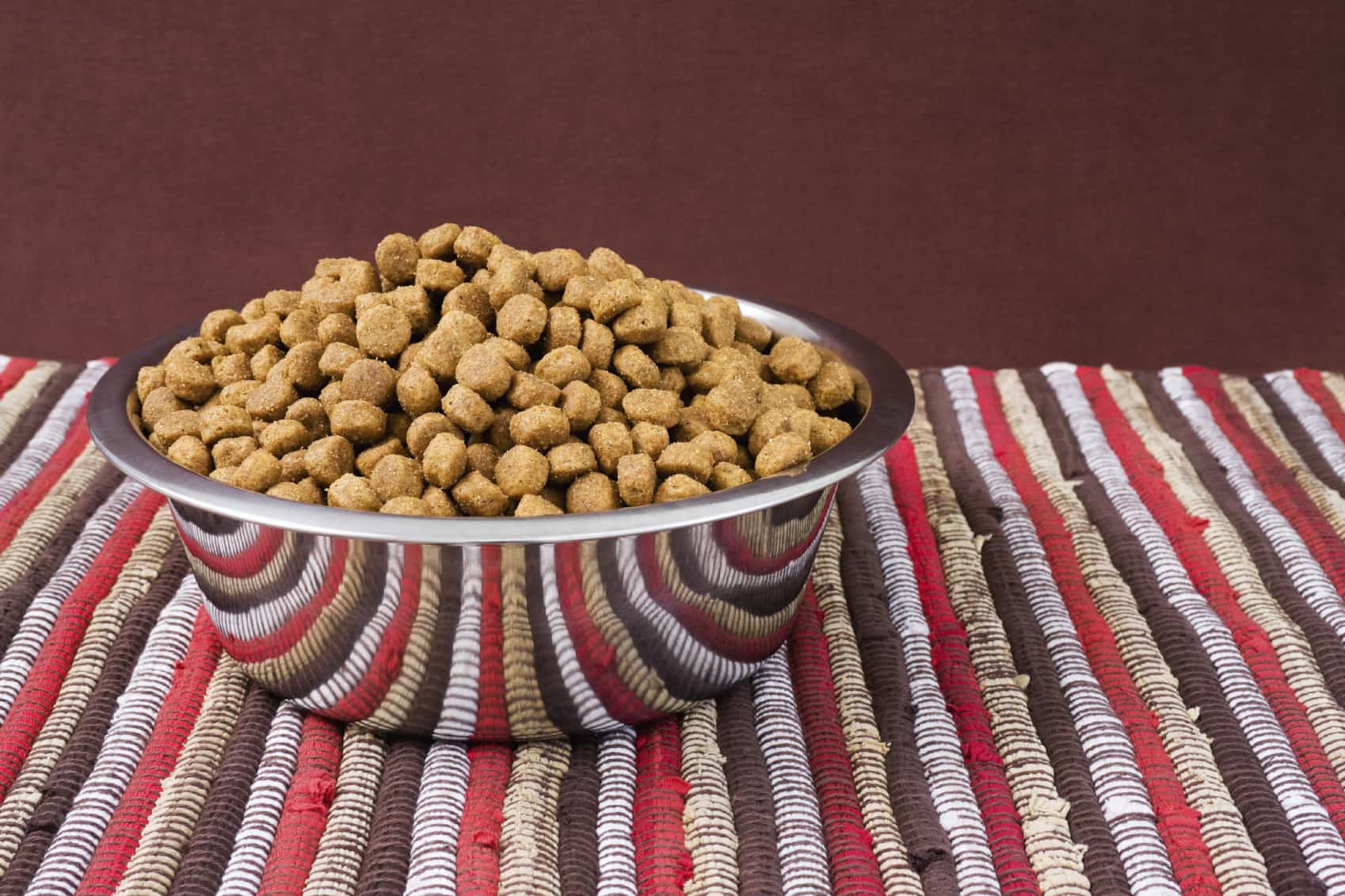You Are What You Eat: Paying Attention to Pet Food Labels
 For most pet owners, the quality of the food they are feeding their pets is a growing concern. From gluten-free and grain-free to organic, the trend in higher quality (and more expensive) pet food has many pet guardians confused about which product to choose.
For most pet owners, the quality of the food they are feeding their pets is a growing concern. From gluten-free and grain-free to organic, the trend in higher quality (and more expensive) pet food has many pet guardians confused about which product to choose.
Is it true that carbs are bad for cats? Should dogs eat more vegetables? And, what about chicken meal vs. chicken?
To clear up some of the confusion, the team at Beverly Hills Veterinary Associates will walk you through the basics of what to look for in a nutritious diet for your best friend.
The Top of the List
So, you are shopping for your four-legged when you come across a new dog chow that contains blueberries. Wow, your dog loves them, you think.
Unfortunately, many new pet foods market their products as being more nutritious, when in fact some of these fruit and veggies are a tiny percentage of the overall food content.
To get a real sense of what’s contained in the pet food, focus on the top 5-6 ingredients. This is what you are getting, more and less. And, since these ingredients make up the nutritional context of the food, you will want to see some of the following:
- Recognizable complete protein sources: chicken, beef, lamb, etc.
- Fruits and vegetables
- Healthy fats
- Some whole grains
- Whenever possible, hormone-free, grass fed, and organic sources
You will also notice ingredients like chicken meal. While it is true ‘meal’ is not as good as whole protein ingredients, a combination of turkey meal, chicken meal, coupled with chicken and turkey, as long as they are among the top five ingredients, should be an adequately nutritious food.
What is an AAFCO Guarantee?
AAFCO or the Association of American Feed Control Officials is essentially a nonprofit that sets the guidelines for pet food and livestock feed in the United States. Because it is a voluntary membership based nonprofit, it does not regulate pet foods as the USDA might oversee human food quality, but it does provide a nutritional claim.
A nutritional claim would tell you that the food you are about to buy contains the right nutritional balance for the pet it is formulated for, such as a puppy.
Although an AAFCO guarantee doesn’t address every nutritional and quality concern you might have, like whether to opt for organic products, it is a good indicator of a balanced pet food.
Pet Food Ingredients to Avoid or Limit
There has been a lot of debate as to the virtues or downfalls of grains in pet food. In general, protein dominant pet foods are far healthier for your pet, especially felines and other strict carnivores. (You also want to look for a high moisture content.)
Some whole grains, however, are not necessarily bad for your pet, but should not be among the first three ingredients.
Ingredients to avoid include:
- Meat by-products or unidentified crude proteins
- Corn or soy
- Artificial dyes, sweeteners, etc.
- Artificial preservatives like BHT, BHA, and ethoxyquin
Navigating the thousands of pet food choices may seem overwhelming. But, when you focus on the key ingredients, very similar to those you might select for yourself – good quality meats, veggies, and fruit, the task is made easier.
To learn more about pet nutrition and to understand the best diet for your pet, please contact us for a consultation.
